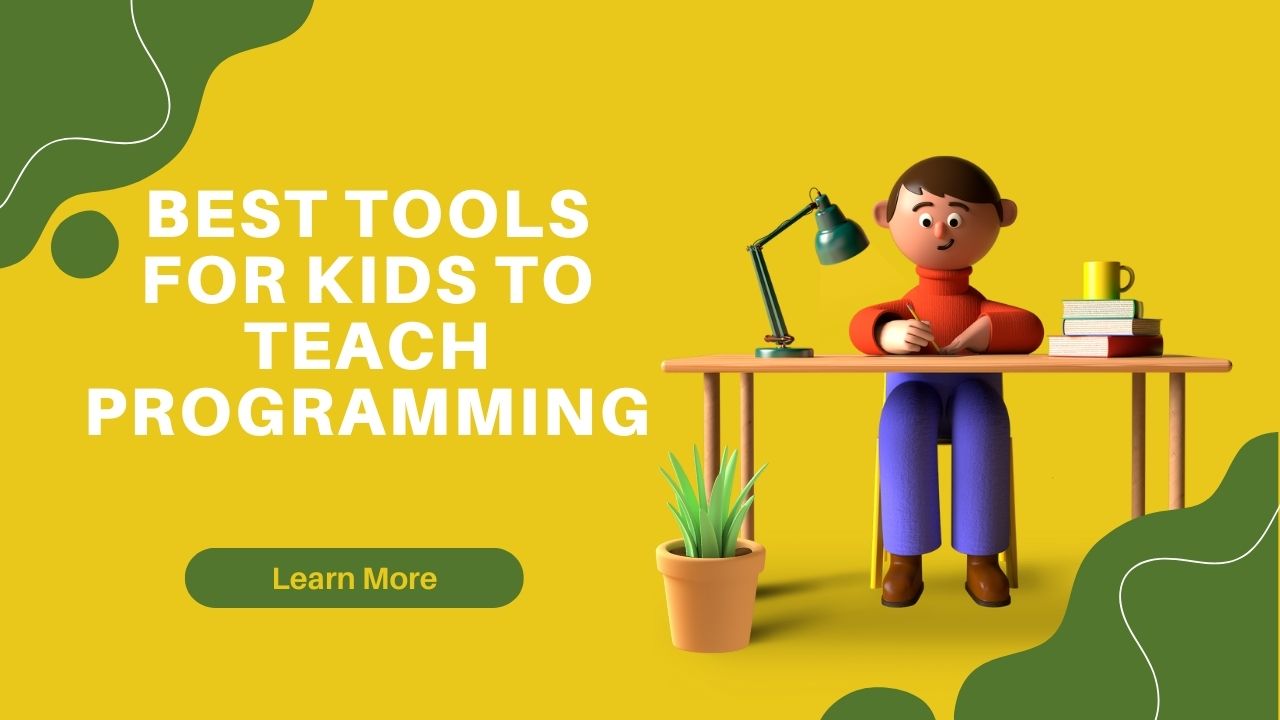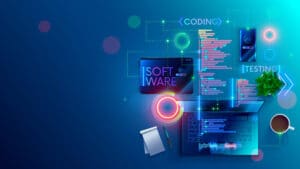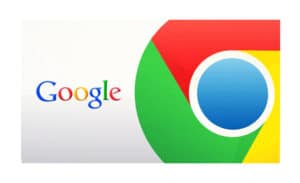Originally posted on August 24, 2022 @ 3:50 pm
These days, kids are exposed to technology at an early age in a way that even millennials didn’t. A simple observation of a child using an iPad will demonstrate the ease with which today’s youth interact with digital devices. The advancements in technology that have brought us to the present day have made coding an essential part of every industry, making it a promising field of study for the youth of today. While there are other options for teaching oneself to code, the ones included here are aimed specifically at young people.
#1 Scratch
Scratch is being used in schools all around the world and is arguably the most well-known name in coding programs for children. The app’s widespread popularity is largely due to the fact that it can be downloaded for no cost on both the web and mobile platforms (Android and iOS). ScratchJr is an offshoot for mobile platforms that is tailored to younger children (ages 5-7). It is recommended that students in middle school and high school use the regular edition.
Scratch was first created in 2003 by a group of MIT students and faculty. This app teaches kids aged 5 to 16 how to code in an approachable language. The language makes use of draggable graphic blocks (or bricks) to construct sequential logic. To put it another way, this facilitates kids’ comprehension of coding’s foundational ideas. Scratch also has a large community with plenty of resources for new users to learn from, such as tutorials and forums.
#2 Minecraft
This pixelated, blocky game is probably already a favorite among your child’s electronic device usage. It’s a great method to keep youngsters amused while introducing them to coding concepts. It would be an understatement to call it a sensation. When Microsoft saw that Minecraft had sold 53 million copies by 2015, the company paid a cool $2.5 billion to acquire the game. As a result of the game’s widespread appeal, Minecraft videos have become the platform’s most-viewed gaming content overall.
#3 Kodable
Kodable is an additional well-known coding programme for kids. It’s free and available on the iPhone and iPad, but Android and the web users will have to look elsewhere. In addition, a premium “pro” edition of Kodable is available for purchase, unlocking even more capabilities. Kodable, like Scratch, may be used by both younger children and older teenagers (from ages 6 and up). However, the programme doesn’t stop there; it helps beginners progress to more advanced coding tasks.
Kodable’s educational lessons are another strength, as they provide users with all the information they need to have a complete experience and understand the platform without outside help. Languages like Javascript, HTML, Python, Java, CSS, and others are also highlighted. Included with each lesson is a set of lesson materials, including instructions, a vocabulary list, and any other relevant supplementary resources. Teens and younger children are drawn to the game-like style because they get to pick a character and go through levels at their own pace.
#4 Tynker
Tynker is a web-based and iOS coding programme that may be downloaded for free but also offers a paid premium upgrade. Despite being a new app, it has already gained widespread use. The interface of Tynker is quite similar to that of Scratch, although its primary purpose is to instruct users in programming rather than map making (as it is in Scratch). High school students also have the choice to learn Python, making it appropriate for pupils of varying ages.
When it comes to teaching youngsters how to code, Tynker has a lot to offer. Similar to Code Monkey, it employs fun challenges to get kids interested. Also included are instructional modules for JavaScript and Python as well as lessons, classroom resources, story-based challenges, and more. In addition, the Tynker community has created a repository of user-created projects that may be accessed by other students. Therefore, Tynker can be thought of as an online classroom.
#5 Daisy the Dinosaur
Apple’s iPad and iPhone users can download Daisy the Dinosaur, a free coding software. The fact that it was developed with young children in mind makes it an excellent option for teaching those in the 4-7 age range. The app was produced by the same company that previously developed another coding tool for youngsters called Hopscotch. If you or your child is familiar with Hopscotch, you will find Daisy easy to manage because it has a similar user-friendly layout with fewer functionality that is best suited for beginners.
Daisy the Dinosaur is the best introduction to programming for kids among the applications evaluated here. The youngster can avoid cramming for terms by using functions like conditionals and loops, and instead concentrate on the logic of application. Daisy, the main character, may be controlled by the user via drag-and-drop to do actions like jumping, walking, and dancing.
#6 Lightbot
If you’re looking for a few extra bells and whistles, the paid version of Lightbot is well worth it. Both the Android and iOS versions may be purchased, with the former costing £2.33 and the latter $2.99. Kids and teens from 4 to 13 years old will enjoy using this app. Lightbot is one of the more difficult program apps, thus it’s best utilized by people who are either quick learners or who already have some expertise in programming.
Beginning with more manageable tasks, the program gradually increases in difficulty until even adults find it a challenge to complete. At the start of each level, players are given some basic instructions to help them along. You can play through a level as many times as you like until you feel like you’ve mastered it. When a user completes a level, they progress to the next one.
#7 Cargo-Bot
Finally, Cargo-Bot is a free coding tool for kids 10 and older that works on both Android and iOS smartphones. With the help of a programmable robotic arm, users of this software are tasked with solving puzzles by arranging a series of colored blocks into a predetermined pattern.
The original version of Cargo-Bot was built on an iPad with the Codea touch-based coding tool. Cargo-Bot was built using logic that is comparable to Lua’s, as Codea is based on Lua. This helps students get ready to work with Lua as they move on to more complex programming projects. As Lua is not designed for beginners, Cargo-Bot is a suitable starting place for people that want to become skilled at Lua.
Final Thoughts
Simply put, teaching kids to code is a fantastic resource for any kid who shows enthusiasm and curiosity in exploring the field of computer science. Regardless of a child’s learning level or preference, there is a wide audience for apps that are created for a variety of skill levels and have a variety of ways of welcoming children in and keeping them interested. Here’s to the next generation of budding programmers, now that you have a rundown of the greatest applications available to teach them how to code! It’s time to teach kids how to code.
Recommended Post:




